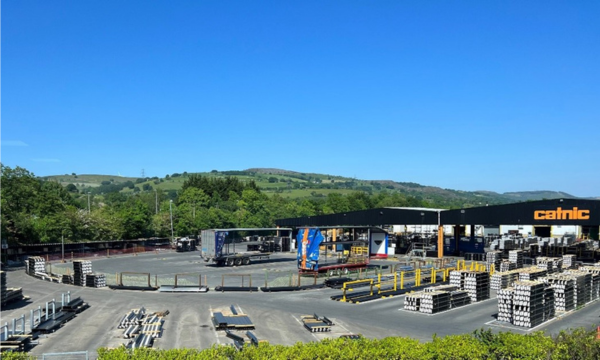Tata Steel's Catnic business in Caerphilly is reducing its carbon footprint by nearly 50% through a variety of energy saving initiatives and investments.
Jo Ingham, Sustainability and Product Marketing Manager, said:
“We’ve switched our electricity to the Renewable Energy Guarantees of Origin (REGO) scheme, which provides transparency about the proportion of electricity that comes from renewable sources. This switch means nearly 50% of our energy usage is from renewable sources.”
And the team are working on further ways of reducing energy use at the site – in May, both the factory and the offices transitioned to LED lighting, with a payback period of less than a year.

They have also assessed the potential of installing solar panels on three factory roofs, with the support of UK innovation and knowledge centre, SPECIFIC, at Swansea University, which found 10% of the site's electricity could be produced from photovoltaics (PV).
Jo said:
“I have been lucky enough to go on the roof of the new hydraulic building in Shotton where they have just installed a new PV array roof system on top of our own Catnic Urban standing seam profiles.”
Additionally, the Catnic team are investigating Hydrogenated Vegetable Oil (HVO) and electric options for onsite vehicles such as forklift trucks and side loaders.
To further demonstrate its commitment to achieving Net Zero by 2030, Catnic is now working hard preparing for an ISO 50001 audit, an energy management standard to demonstrate continual improvement in reducing both energy-related costs, and environmental impact.
Jo explained:
“It is a tool that helps us to identify significant energy users and put plans in place to continuously reduce their impact. It will also support the maintenance of certification of Catnic products to the BES6001 sustainability standard and it will help Tata Steel UK to comply with the requirements of the UK Government’s Energy Saving Opportunities Scheme: a real win win”





















